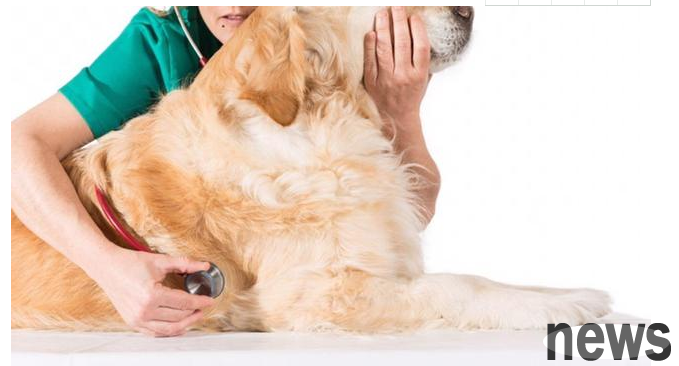My friend’s dog suddenly developed pancreatitis and was vomiting and having diarrhea. He was fine yesterday! One checkup, pancreatitis! The doctor also said that dogs with pancreatitis should be put on a low-fat diet. It seemed like a really scary disease, so I searched for information and got the following understanding.
What is pancreatitis?
The pancreas is a small organ located between the stomach and the first part of the small intestine. It has two main functions: the production of insulin and the production of digestive enzymes. Pancreatitis develops when an organ becomes inflamed for some reason.
What are the symptoms of pancreatitis?
Most dogs suffering from pancreatitis have symptoms such as loss of appetite, lethargy, vomiting, diarrhea, fever and abdominal pain.
But in fact, pancreatitis is difficult to diagnose. A clear diagnosis requires a combination of pancreatitis blood chemistry tests, cell count, urine routine, stool examination, pancreatitis-specific tests (FPLI or spec-fpl), abdominal X-ray or ultrasound examination, and even surgery.

How to treat pancreatitis?
The goal of treating pancreatitis is to keep your dog comfortable and healthy while interrupting the inflammation-tissue damage-more inflammation cycle. Most dogs are hospitalized so that they can receive infusion therapy, painkillers, anti-vomiting medications, antibiotics, and plasma transfusions. Once the dog's condition has stabilized and he can drink water, eat and take medicine by mouth, he can go home to recover.
How to feed patients with pancreatitis?
Dogs being treated for pancreatitis or at high risk for the disease should eat a bland, low-fat, easy-to-digest diet. The goal is to provide the dog with as much nutrition as possible while allowing the pancreas to rest. Dogs that vomit usually haven't had food or water for 12 to 24 hours. Research shows that the sooner dogs eat more, the better they do, so aggressive anti-vomiting treatment is very important. Dogs that cannot hold back food within a reasonable amount of time (usually a few days) may need tube feeding.
Veterinarians used to say that dogs with pancreatitis should fast for 24-48 hours. This is based on a reasonable hypothesis: Food passing through the intestines stimulates the pancreas to secrete digestive enzymes, thereby increasing pancreatic inflammation. But now, research in humans and dogs shows the harmful effects of long-term fasting on the structure and function of the gastrointestinal tract, including disrupting its important role in the immune system. Cells in the intestine rely on absorbing energy and nutrients, and when a dog doesn't eat, the fabric of the intestine changes: villi (finger-like projections that increase the absorptive surface of the small intestine) shrink, local immune tissue decreases, the intestinal wall becomes "leaky" promoting the absorption of bacteria and toxins, and inflammation increases both in the digestive system. Additionally, there is evidence that when the pancreas is inflamed, it does not secrete digestive enzymes in response to food the way a healthy pancreas does, making long-term fasting even more skeptical.
How to choose food for pancreatitis?
In dogs, fat is thought to be involved in the development of pancreatitis and can stimulate the secretion of hormones, prompting the pancreas to secrete digestive hormones. Therefore, low-fat foods are recommended. Begin to slowly restore the amount of food. A common suggestion is to start with a quarter of the amount of food your dog usually eats (normal food amount), divided into four meals a day, which means that the dog can get four meals a day. As long as the dog continues to recover, the amount of food provided can be increased by a quarter each day, so that at the end of four days the dog is accepting of his usual food requirements.
We want dogs with pancreatitis to get as much nutrition as possible, and when consuming small amounts of food, a highly digestible diet is the first choice. Food should be low in fiber and made from quality ingredients. Some pet food manufacturers make low-fat, highly digestible meals for dogs, such as prescription kibble. A short-term option is to eat a mixture of chicken and white rice.
